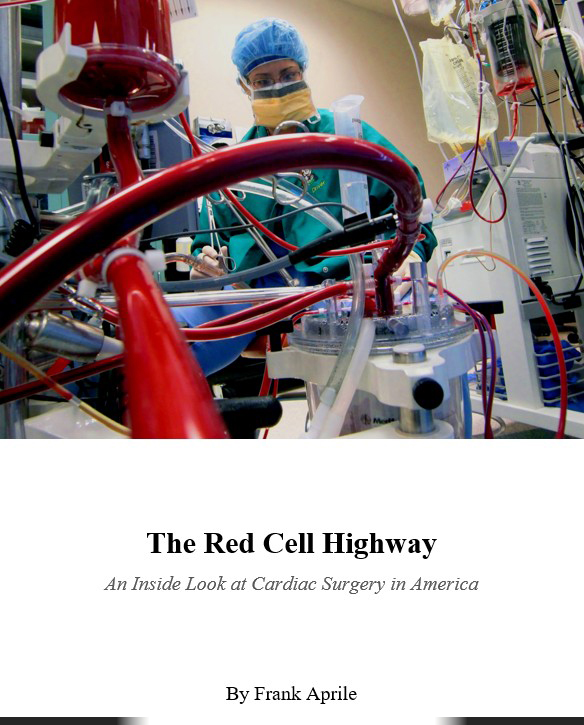Changes in Erythrocyte Morphology at Initiation of Cardiopulmonary Bypass Without Blood Transfusion Were Not Associated With Less Deformability During Cardiac Surgery

Objectives
During cardiac surgery, circulating red blood cells (RBCs) are at risk of exposure to environmental factors during extracorporeal circulation and transfusion of stored RBCs. For this study, the authors observed morphological differences, deformability, density distribution, and erythrocyte indices of RBCs during cardiac surgery with cardiopulmonary bypass (CPB).
Design
Prospective study.
Setting
Tertiary care center affiliated with a university hospital.
Participants
Adults who underwent elective cardiac surgery requiring CPB.
Interventions
Blood samples were obtained from 13 patients before incision (baseline), at initiation of CPB, after separation from CPB, and at completion of surgery.
Measurements and Main Results
The morphological index (MI) in RBCs using light microscopy and the maximum deformability index (DImax) using an ektacytometer were evaluated. In addition, the fractionation of RBCs and erythrocyte indices were measured. The MI at initiation of CPB was significantly higher without blood transfusion compared with baseline, although the DImax did not significantly decrease simultaneously. The DImax after separation from CPB and at completion of surgery were significantly lower than that at baseline. This lowered DImax was accompanied by a significantly reduced mean corpuscular volume and elevated mean corpuscular hemoglobin concentration compared with baseline. Dense RBC subpopulations increased after initiating CPB. The MI after separation from CPB and at completion of surgery partially recovered. Administered stored RBCs showed a high MI and the lowest DImax.
Conclusions
Morphological changes at initiation of CPB are considered potentially reversible transformations without loss of the membrane surface area and do not have a significant effect on the DImax. A decrease in deformability likely is due to transfusion of stored RBCs.
